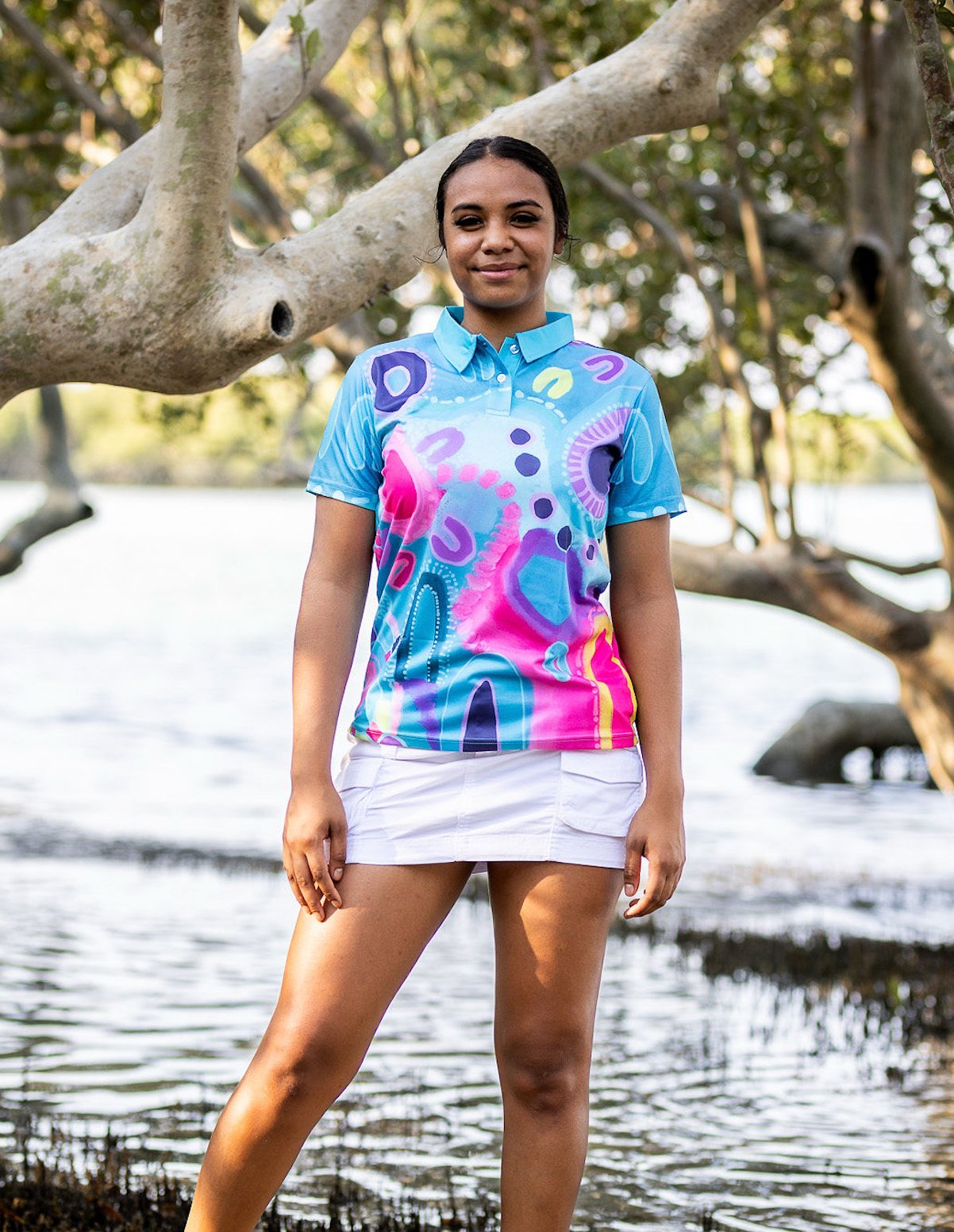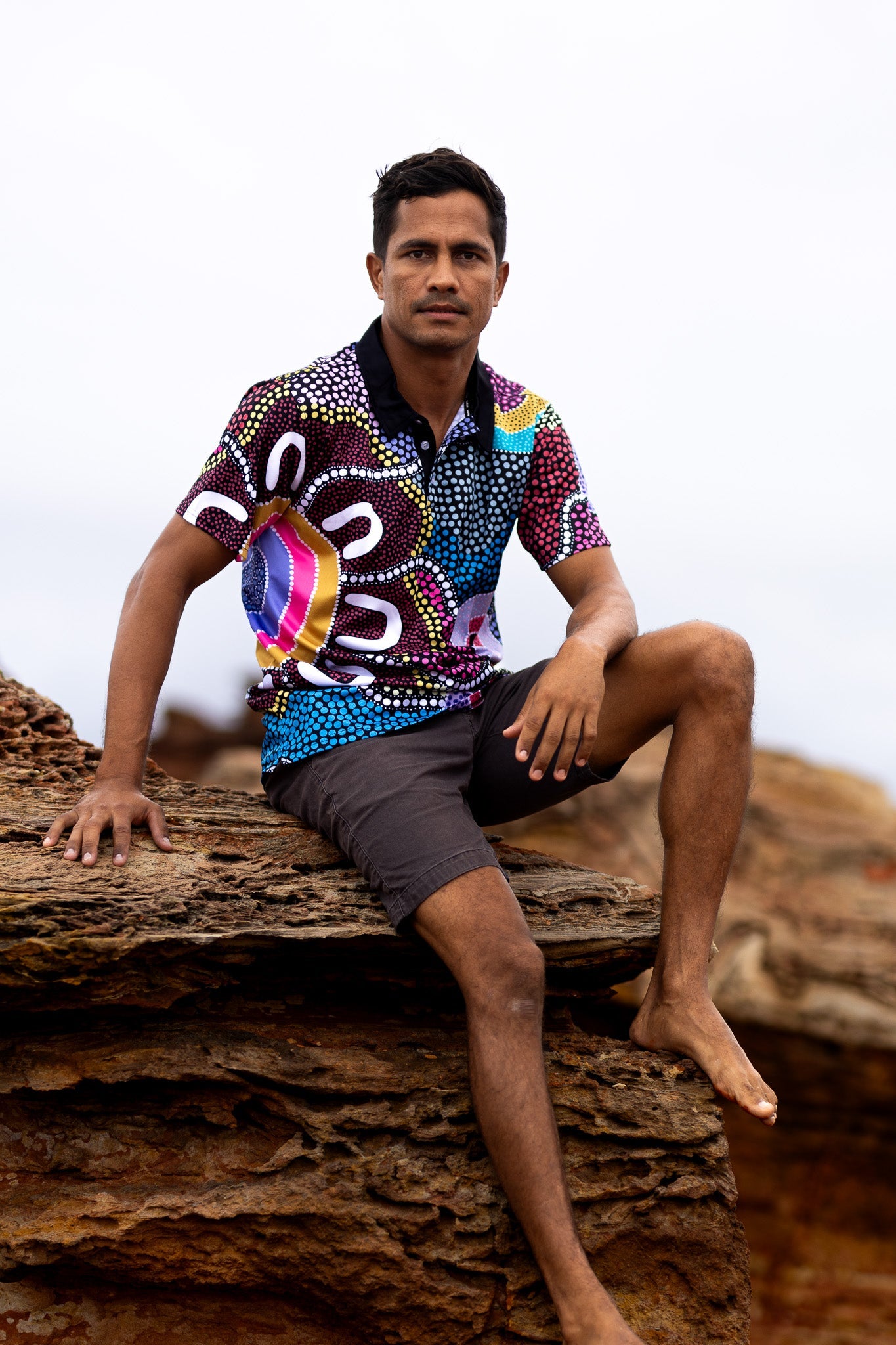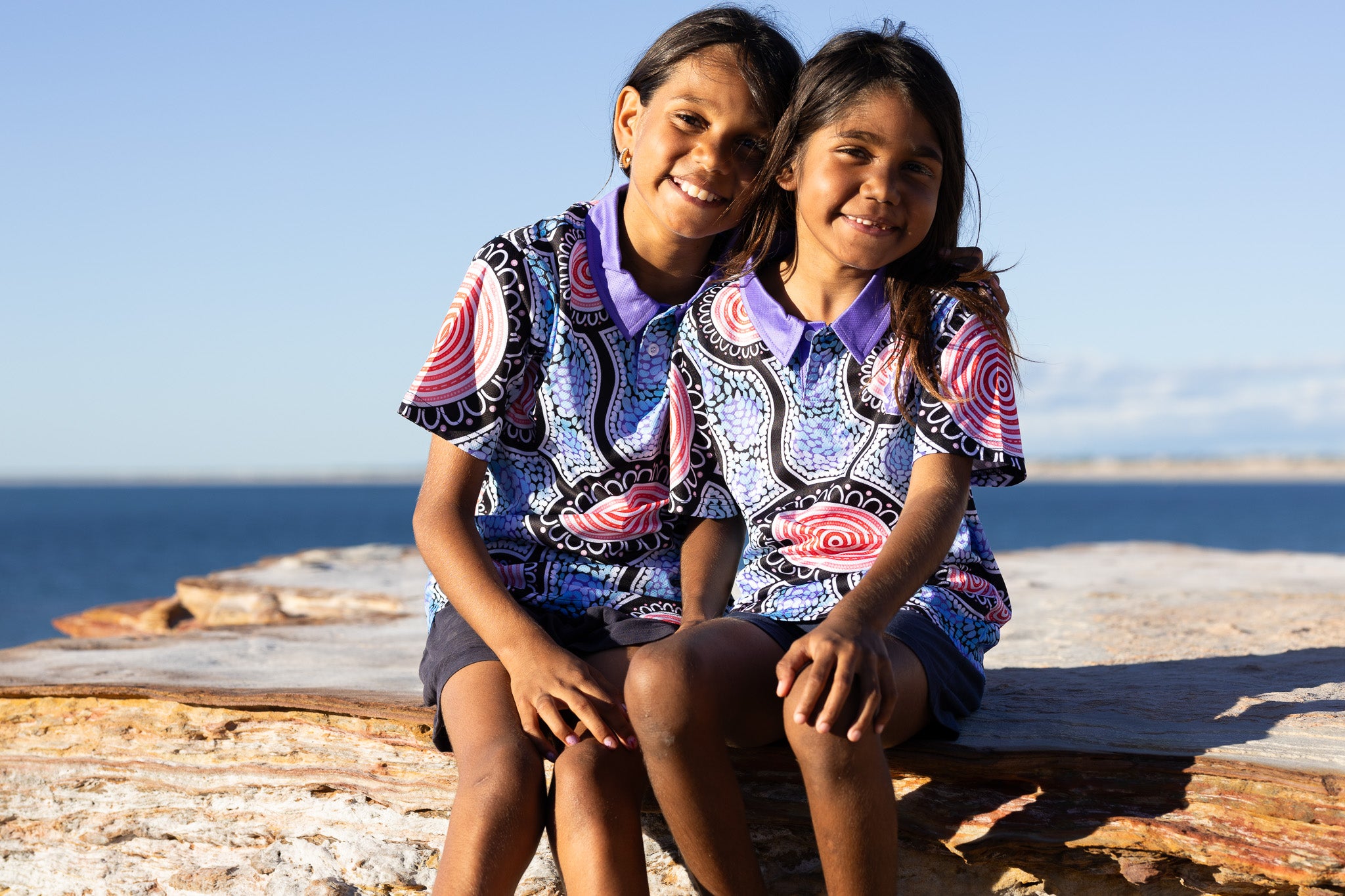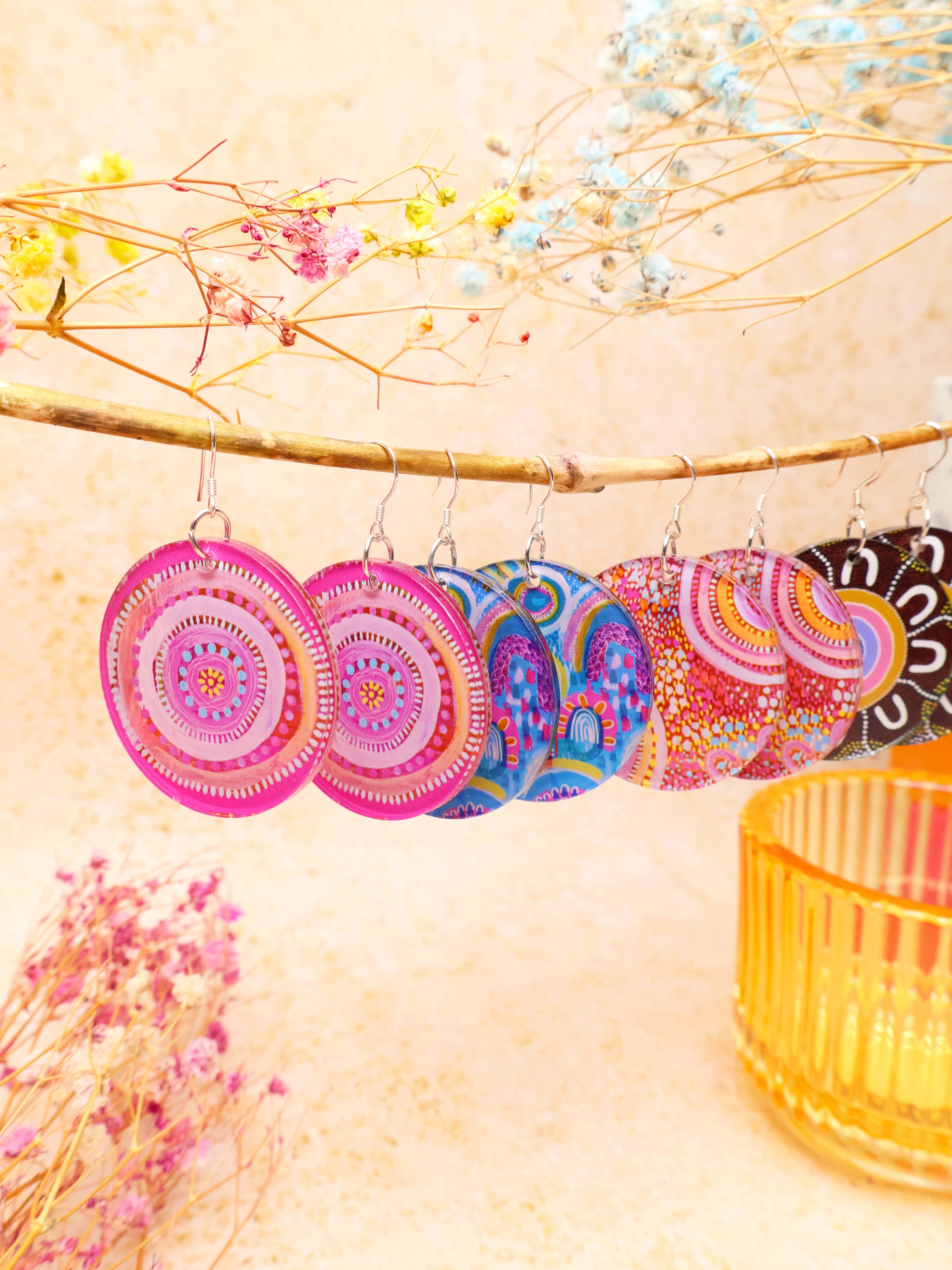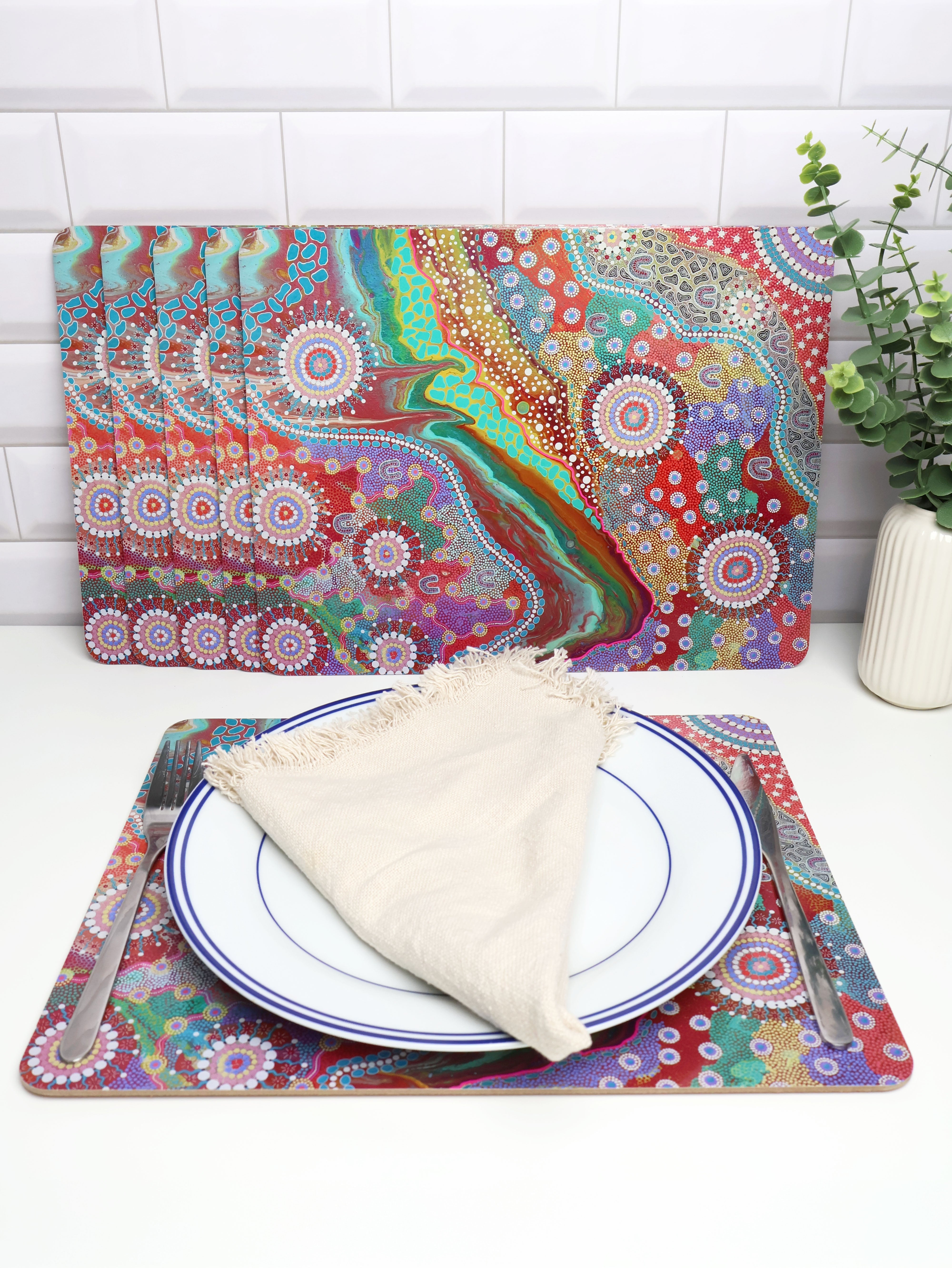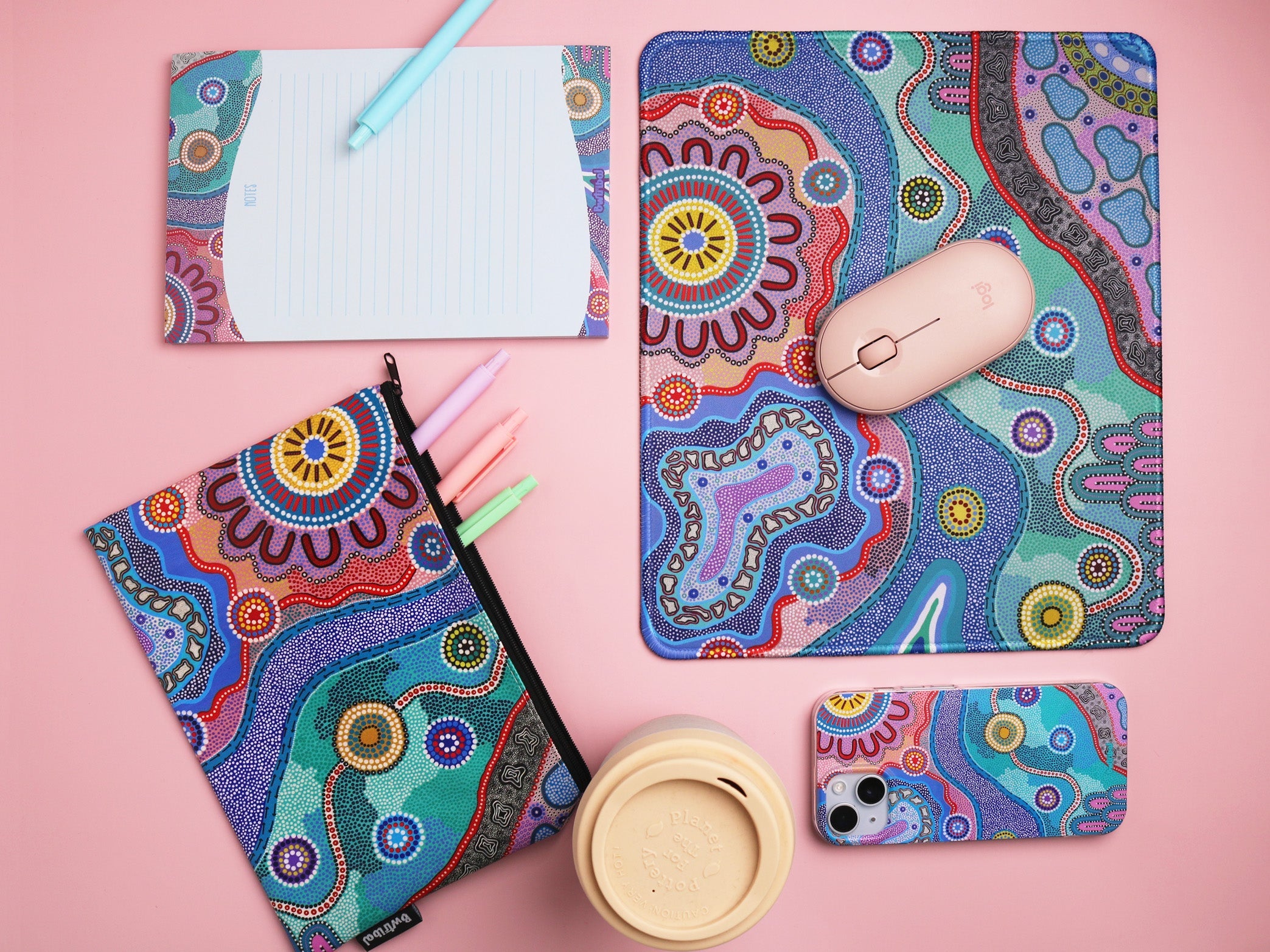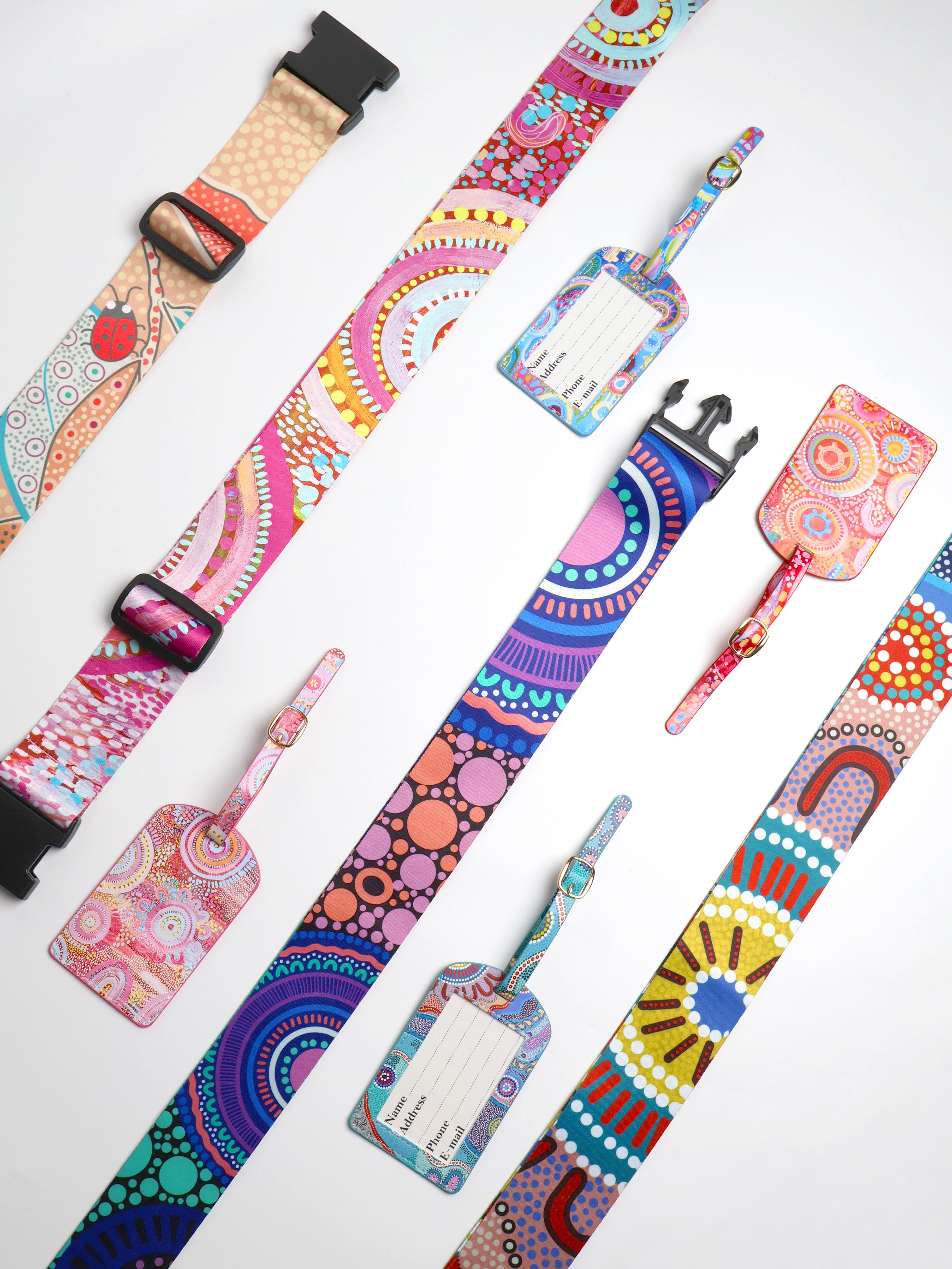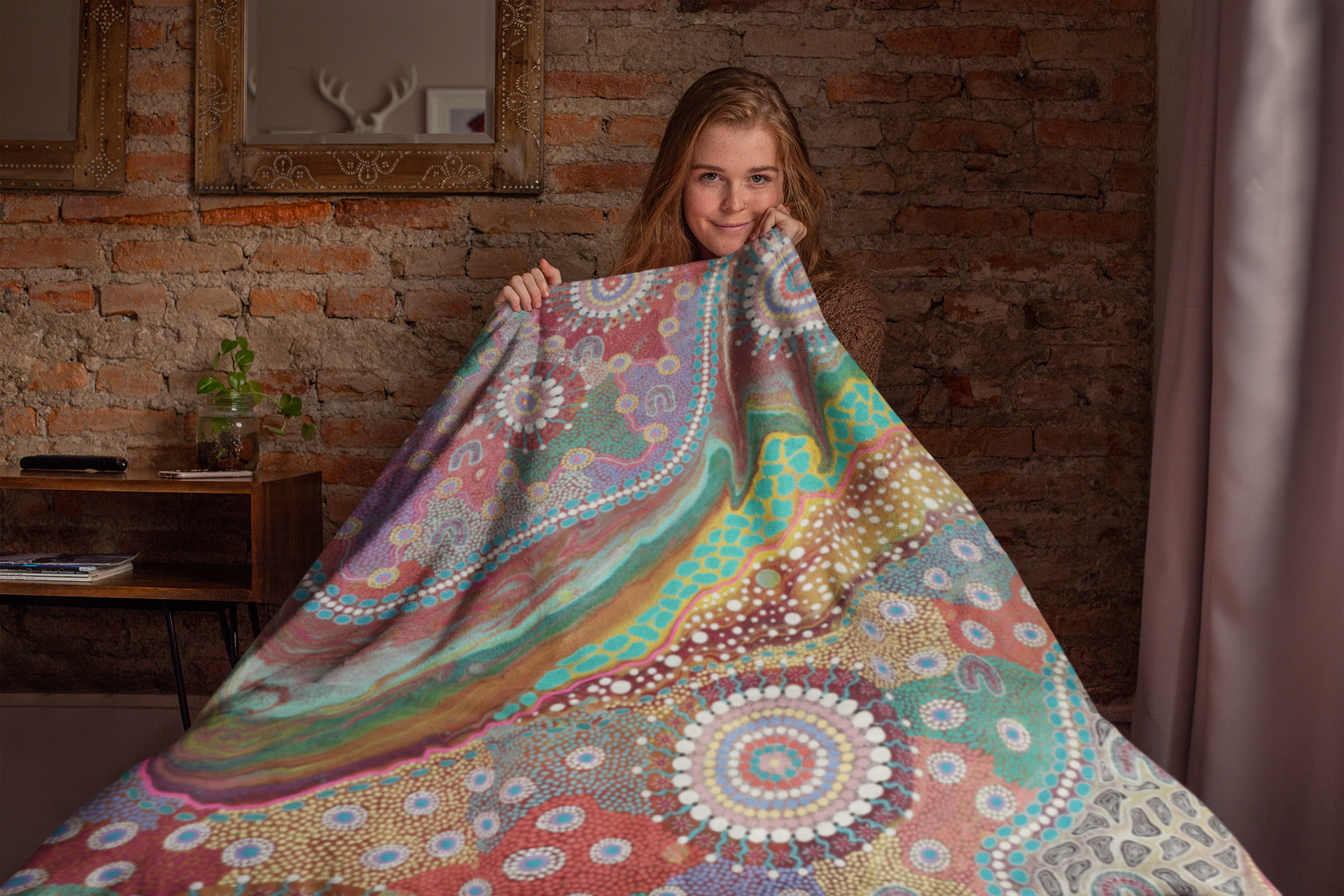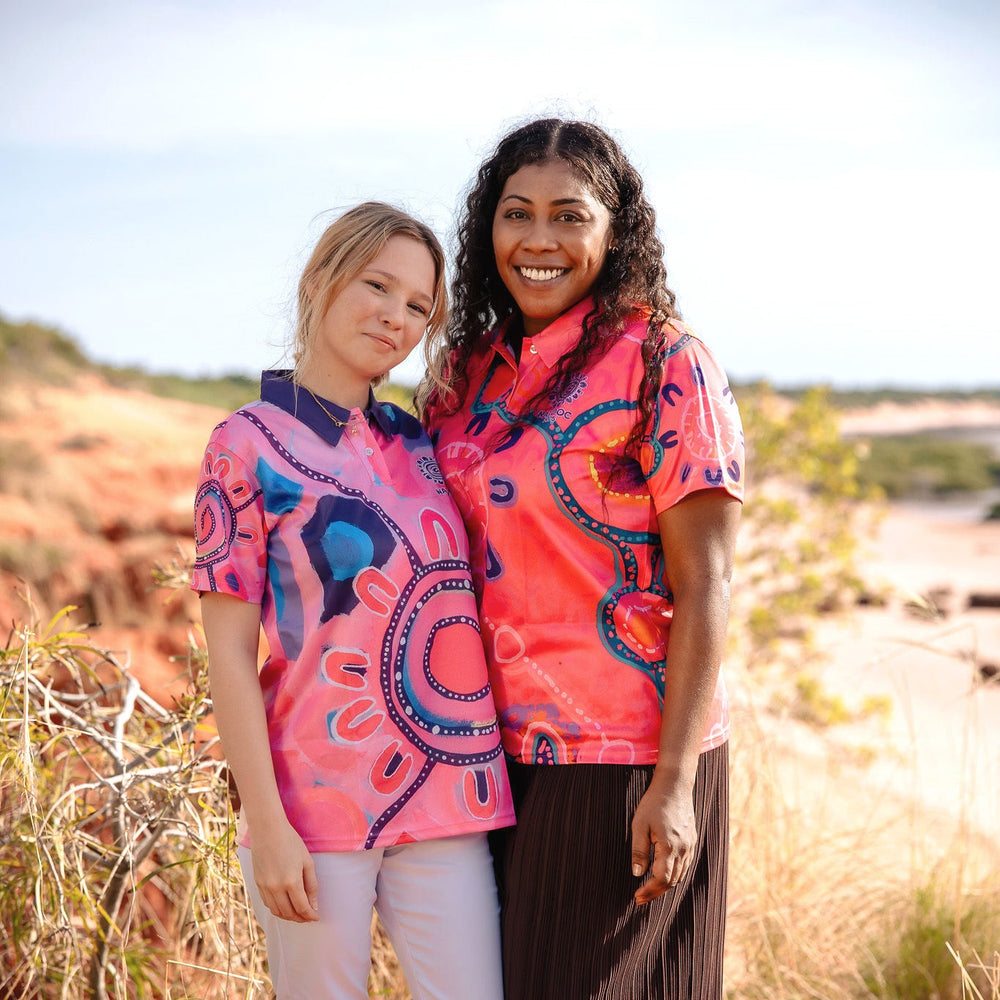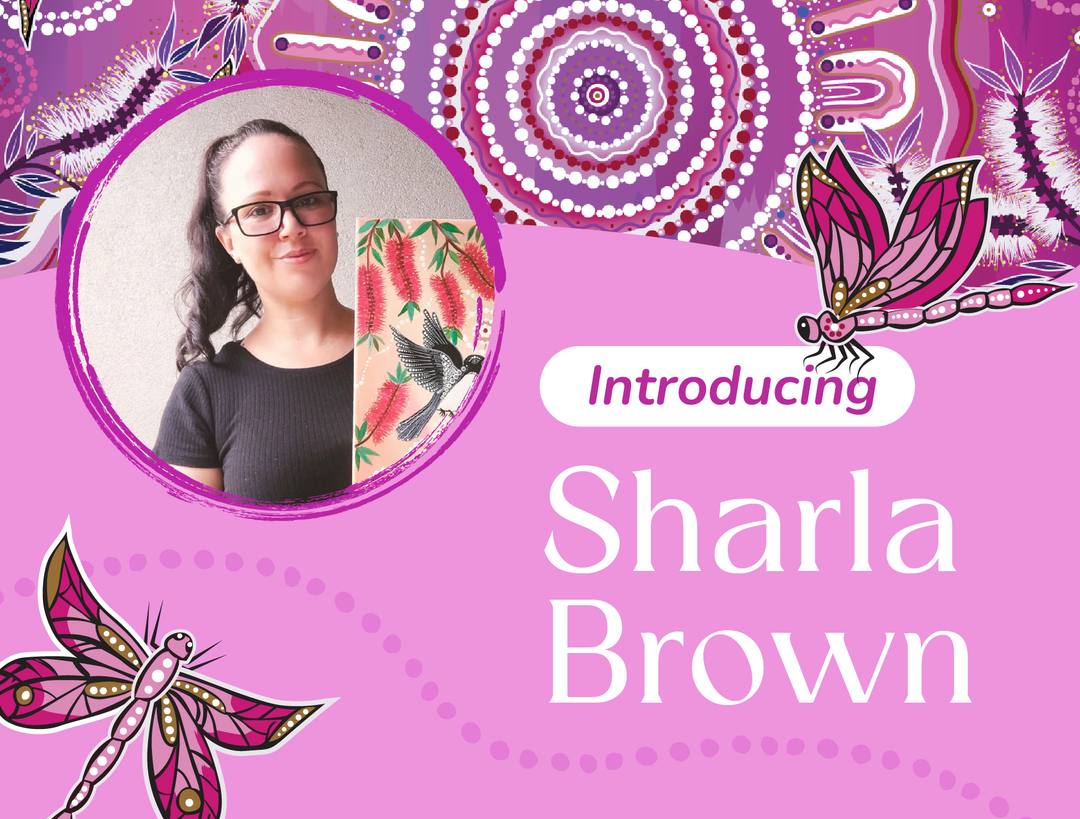For thousands of years, Indigenous Australians have known how incredibly versatile spinifex grass can be. The Indjalandji-Dhidhanu people of the upper Georgina River Basin in North Queensland, have traditionally used this resilient, spiky grass for medicine, building materials, and to extract resin for adhesives. More recently, scientists have discovered an amazing new use for this grass in the development of injectable medical gels.
This revelation was made through an ongoing research project which started back in 2008, with the Australian Research Council awarding a discovery grant to Bulugudu Ltd (previously Dugalunji Aboriginal Corporation) and the University of Queensland. Through the coalescence of Indigenous and Western scientific knowledge, the project aimed to further explore the utility of spinifex grass.
This pointy grass grows across the arid Australian outback. In providing shelter to native animals from predators and the sweltering heat, spinifex grass is fundamental to the ecosystem.  Medical gel produced from cellulose nanofibres derived from spinifex grass. Image: ABC News
Medical gel produced from cellulose nanofibres derived from spinifex grass. Image: ABC News
In addition to being able to thrive in the harshest conditions, its durability has now been realised in the field of nanotechnology, through the analysis of its microscopic cellulose nanofibers.
The diverse applicability of cellulose nanofibers makes the production of this biodegradable material a multi-billion dollar industry; being used across a range of products, from surgical gloves to electronics. While essential to so many industries, nanofibers are both challenging and highly energy inefficient to produce.
However, researchers have now discovered that many of these problems can be solved by using spinifex grass nanofibers, as they are thinner, tougher, and more cost-effective and environmentally-friendly to produce.
“The spinifex fibres we produce are typically around three to four nanometres thick, about 20,000 times thinner than a human hair. They have an average length of about 1,600 nanometres, giving them an aspect ratio of about 500:1,” says AIBN Director, Professor Alan Rowan. (AusBiz)
Through the support of ANFF-Q and the University of Queensland, this patented technology will be commercialised through the new company Trioda Wiligi. The company name comes from Triodia pungens (the scientific term for spinifex grass) and Wilingi, from the Indjalandji language, meaning “special grass.”
In February, the mostly Indigenous-owned company received a $2.6 million investment from Bulugudu Ltd and Uniseed to facilitate the development of the injectable gels using spinifex grass cellulose nanofibres. This company will support education and employment opportunities for Indigenous Australians, with a portion of future profits going to an Indigenous Education Fund, and the creation of many new job opportunities for the Traditional Owners in North Queensland.
Here at BW Tribal, we recognise how beneficial Indigenous knowledge can be to STEM industries. For more stories like this, head on over to https://bwtribal.com/
Words by Zara HallettSources:





